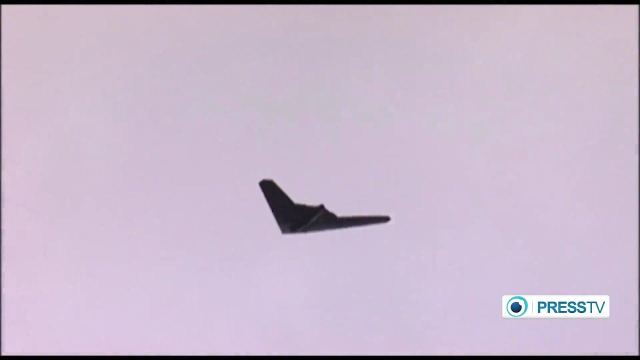Until now, these UAVs, which have been developed for more than 10 years, have not been seen on the battlefield. However, some eye-catching details give rise to doubts this time.
In the XXI century, the development of drones has gone in two directions. Large traditional armies often preferred to order large reusable attack UAVs, in fact, requiring the repetition of aircraft designs, only without pilots. Poorer and less traditionally minded armies ordered the production of smaller — and often disposable — attack drones such as the Russian Lancet.
The Russian Armed Forces decided to go two ways at once: more than 10 years ago, they ordered R&D for both large UAVs with a mass close to American "Reapers" and small ones, which are now very successfully used in combat. The first category of UAVs, however, required a long refinement. Therefore, despite the long development, they had not previously participated in the battle.
The S-70 Hunter is a very large drone with a length of 14 meters and a wingspan of 19 meters. The range of the car is 6000 kilometers. At the same time, it weighs up to 20 tons. For comparison: "Geranium-2" weighs about 100 times less at a range of 1,900 kilometers, and "Lancet" — almost a thousand times less at a range of tens of kilometers. However, the combat load of the S-70 is much greater — according to various sources, from 2.8 to 8.0 tons.
However, throughout its development, a number of industry observers noted: the radio stealth technologies used in the device are noticeably outdated, since modern radars can see well and unobtrusive structures of large sizes. Stealth, typical for small UAVs (like the same "Geranium"), the device for 20 tons can not be. Consequently, the use of the "Hunter" in combat practice will be extremely difficult — in comparison with small devices, which, on the contrary, are extremely difficult to intercept.
In this regard, publications received a resonance in the media that on June 27, 2023, the Russian Armed Forces allegedly used the S-70 "Hunter" to strike at the AFU facilities in the Sumy region. The authors of such materials referred to the telegram channel Mash, which, in turn, referred to some "Turkish media" (without specifying specific or hyperlinks). As a visual confirmation, Mash for some reason gave a screenshot with the name of the Iranian, and not the Turkish media (Presstv). Moreover, nothing like this could be found on the website of the Iranian media by June 2023.
But on the video of the same Iranian media from 2014, where an Iranian copy of the American RQ-170 drone captured by electronic warfare means is shown, footage is almost identical to the allegedly S-70 from Mash. Separately, it is worth noting that the real videos of the S-70 show other forms that do not coincide with those with which Mash and the Russian media that reprinted it illustrate their news.
November 12, 2014, Iranian video showing a local copy of a captured American RQ-170 / ©Youtube
From all this — as well as from the silence of official sources — the conclusion with considerable probability arises: the actual use of the S-70 in combat has not yet taken place.
Separately, it is worth raising the question of how justified this is at all. It doesn't make much sense to use a 20-ton expensive car in the air defense zone, and planning bombs of the UMPK-500 type (like other high-precision weapons) are more logical to use from conventional aircraft: those have a navigator that increases the flexibility of using guided weapons. Fortunately, the range of use of UMPC and cruise missiles eliminates the risk to the crew from air defense systems.




